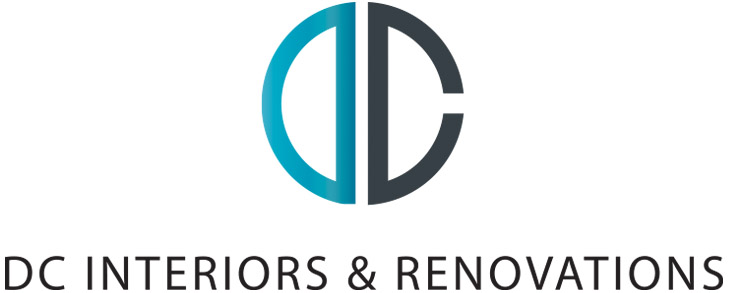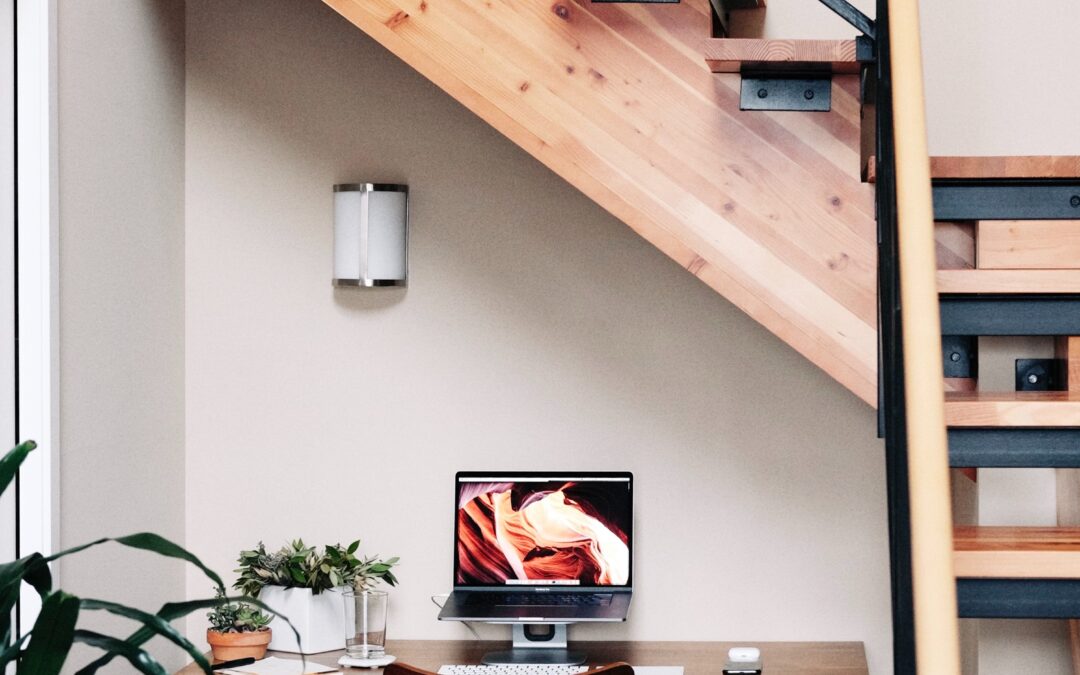Home office design has almost risen to the level of kitchen design, especially for full-time remote workers.
“Teleworking” has been around since the early 1970s. Initially, it was mainly call center workers, but over the decades the types of positions that could be performed remotely has grown exponentially. The pandemic was a catalyst for increased numbers of work-from-home (WFH) employees, and while there has been some decline in numbers in the last year, about 13% work from home full-time, and approximately 28% work a hybrid model. According to Upwork, by 2025 approximately 22% of the workforce will be remote full-time.
What Does That Mean for the Home Office?
The luxury of a separate room, often referred to as the library, the study, or the den was unknown to most homeowners. The kitchen table frequently was the place where those activities took place. The idea of a place to work at home usually involved a place to sort mail, pay bills, and make phone calls. Since those things were already happening in the kitchen, enter the kitchen desk. This was a feature of new builds and kitchen remodels of the 1990s. At the very least, this was a place for Mom to take care of home and kids’ business. The allure of a kitchen desk has fallen, like many trends, to the wayside. After all, it wasn’t a very practical place to do any amount of actual work.
Over time, home offices sprang up in spare bedrooms or actual bedrooms, nooks and corners of living rooms and family rooms, basements and anywhere else space could be found. They served many functions, but as many found during the pandemic, were not truly comfortable for or conducive to full-time productivity. If you’re struggling to find a space, an experienced interior design firm can evaluate your home and your work needs to help you find the space you need. Their experienced eye takes in available space and matches it to creative ideas to give you the workspace you need in places you might not have thought of.
Home Office Design
Furniture makers have had a renaissance of their own. Practical and pretty furnishings to suit all manner of WFH situations are available at every price point. Everything from traditional wood desks, credenzas and file cabinets to sleek glass and metal surfaces and everything in between is available to suit a homeowner’s style, life/work style, and budget.
Technology has made it possible to work from virtually any area in the home. With mobile phones and WIFI, the kitchen table is even still an option! It’s quite liberating – even if some or most work needs to be accomplished in a dedicated area, any space inside – or even outside! – can be a place to work with the correct furniture. A comfortable (hopefully reasonably ergonomic) place to sit is all that is required at the most basic level.
Designing Your Home Office
There is a caveat here: where you can function is dictated by the work you do. Operating completely independent of a connected work surface may not be possible for everyone.
The first question is double-edged: Where is your office located? Double-edged because if you must be at a dedicated work surface, the place you REALLY want to work may not be viable. Let’s begin with a dedicated office room.
Questions to Ask Yourself
What Environment do You Need?
This is the most exciting option because it can be anything you want it to be! The most important details: it meets the functional needs of your work and is a space you want to be in. As far as decorating style is concerned, it does not have to follow the aesthetic of the rest of your home. The design of the home office should support the feeling you want to have when working in the space. Do you crave tranquility to help you focus? Do you want something dynamic to keep your brain charged and your energy level high? Color plays the biggest role. Soft creams, greens, blues, grays or blush are easy on the eye. Lots of white on its own or paired with vibrant colors in accessories and accent walls inspire creativity. Textured wallpaper invokes calm, while geometrics and bold patterns are dynamic.
Trends in interior design in general apply just as well to a home office. Nature and natural materials are more than a trend. Grass cloth wall covering, living walls, houseplants, wallpaper inspired by nature, and accessories of wood and stone all contribute to both a serene and an energizing workspace depending on how they are used. Other trends that play well with designing a home office: sustainability and wabi-sabi – an appreciation for patina and the imperfect. Reusing and repurposing is sustainable and budget friendly, allowing for more creativity in the décor or purchasing the technology and equipment needed for an efficient functional home office.
Furniture
As mentioned earlier, furniture comes in all styles at all price points. What pieces do you need to function efficiently and effectively? Usually there is a work surface of some sort. A conventional desk comes in many different sizes and forms, but many different objects can be put together to create a work surface. Depending on what your work is, tables normally assigned to other spaces – think kitchen or dining room – make excellent work surfaces. There is a plethora of options for storage and organization. Filing cabinets are available in wood and metal, all styles – from farmhouse to midcentury modern to sleek contemporary. Cabinetry comes in all styles. As with tables repurposed as work surfaces, be creative with storage solutions. For instance, an armoire meant for clothes in a bedroom can be outfitted to house office supplies and equipment.
Organization
Are you an “everything out of sight” or “everything within reach” person? Either way, organizational solutions abound. Some are opposite sides of the same coin. For example, if your work surface doesn’t have drawers – or enough of them – there are beautiful and functional open and closed versions to adorn your desktop. Open shelves can be used as is or outfitted with baskets and containers of all sizes and designs. Magnetic boards with a variety of containers keep things off the surface but handy.
If it’s large enough, a dedicated space may give you room for furniture you want but don’t necessarily need. You may want a couch or armchair to work in at times, or a small seating group to chat with clients.
Don’t Forget Lighting
Lighting is important everywhere in the home, but three areas stand out: the kitchen, the bathroom and the home office. There are four layers of lighting: Natural light, ambient light, task light and accent light. In the case of the home office, the first three are the most important. Natural light is always a preference. Ambient light – table lamps, floor lamps, overhead lights – takes over when there is no natural light. Task lights are specific to your workspace but may also include ambient lighting. You want to avoid having the light coming from behind you and casting a shadow on your work.
Squeezing It In
No dedicated single-use room for a home office? Ideally, you don’t want your office in your bedroom. But creative furnishings, floor plans and the use of distractions like screens can make that workable. This is where that design professional really shines. You might be surprised where you can tuck an efficient and functional workspace. A design professional’s knowledge of floor plans, furniture placement and pieces that will work with the rest of your home will save you time, money and stress.


